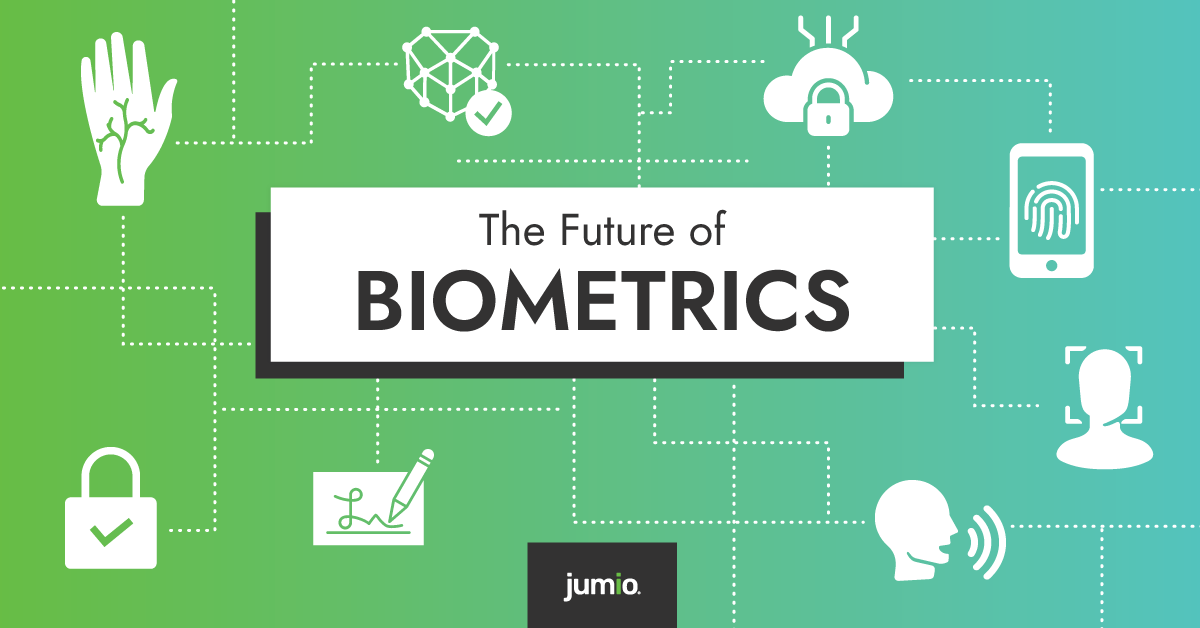
As biometrics play an increasingly pivotal role in digital interactions, the demand for responsible, transparent, and secure biometric solutions is higher than ever. With applications spanning financial services, healthcare, border control, and more, biometric technology touches nearly every aspect of our daily lives. Yet, as its use proliferates, concerns about accuracy, inclusivity, and ethical deployment have come to the forefront. Multimodal biometrics – systems that combine multiple forms of biometric recognition, such as facial recognition, fingerprinting, and voice authentication – emerge as a compelling answer to these challenges. A multi-technology approach not only strengthens security but also ensures greater accessibility and minimizes bias, setting the stage for the future of responsible biometrics.
The Need for Multimodal Biometrics
Single-mode biometrics, while effective, have limitations that can impact the accuracy, security, and inclusivity of verification processes. Multimodal biometrics address these limitations by leveraging multiple biometric indicators, making systems both more robust and user-friendly.
Increasing Accuracy
In high-stakes sectors, such as financial services and healthcare, the risk of a false positive or false negative can have significant consequences. By combining multiple biometric inputs – for example, verifying both face and behavior such as location and device – a multimodal system can cross-reference data points to improve the accuracy of identity verification. This redundancy reduces the likelihood of error and ensures that only the correct individuals can gain access.
Enhanced Security
Multimodal systems create an extra layer of security, as each biometric mode serves as an independent verification step. For a fraudster to successfully breach a multimodal biometric system, they would need to replicate each biometric mode accurately, which is far more challenging than circumventing a single-mode system. This added complexity is critical for protecting sensitive data, especially as fraud tactics grow more sophisticated.
Practical Applications and Case Studies
Several industries have already begun deploying multimodal biometric systems to enhance both security and user experience. Below are some examples of how a multi-technology approach is making a difference across sectors:
Financial Services
In banking, multimodal biometrics are used to secure access to accounts and authorize transactions. A system that combines facial recognition with voice authentication, for instance, creates a seamless yet secure experience for customers, who can verify their identity quickly without compromising security. This dual-layered approach helps financial institutions reduce fraud and build customer trust, all while enhancing the user experience.
Healthcare
In healthcare environments, patient identification must be both accurate and efficient, especially in emergency situations. Multimodal biometrics, like combining fingerprint and iris scans, enable rapid and accurate identification of patients, minimizing errors in patient data and medication management. By verifying identity through multiple modes, healthcare providers can prevent costly mistakes and ensure that patients receive the correct treatment.
Retail and E-commerce
Retailers are increasingly adopting multimodal biometrics to enhance security and customer experience, particularly in online shopping and self-checkout. By combining facial recognition with behavioral biometrics (e.g., typing patterns), retailers can verify customer identities more effectively during purchases and login sessions. This approach reduces fraud risk in e-commerce, where identity theft is common, and streamlines in-store checkout, creating a secure, convenient experience that fosters customer trust.
Future Trends and Technological Considerations
As biometrics continue to evolve, several trends and considerations will shape the adoption and effectiveness of multimodal approaches:
Data Privacy and Security
With multimodal biometrics generating more data, ensuring robust data protection practices is crucial. Users demand transparency and assurance that their data is handled securely and ethically. Organizations implementing multimodal biometrics should adopt data minimization practices, encrypt sensitive data, and provide clear information about data usage to foster trust and compliance with privacy regulations.
Interoperability and Integration
Multimodal biometrics must operate across various devices and platforms, particularly as organizations deploy biometrics at scale. Ensuring that multimodal systems are compatible with different hardware and software systems enhances accessibility and user convenience. The next wave of multimodal biometrics will likely prioritize interoperability, making it easier for organizations to integrate biometric solutions into existing systems.
Ethical Use
As biometrics become more ingrained in our daily lives, ethical considerations must guide their deployment. Transparency, user consent, and responsible data management are essential to maintaining public trust in biometrics. Organizations adopting multimodal approaches should set a precedent by implementing clear ethical guidelines that govern data collection, usage, and storage. Ethical practices ensure that biometric systems are not only effective but also socially responsible.
As multimodal biometrics continue to redefine identity verification, it offers a path toward enhanced security, accessibility, and public trust. By combining technologies like facial recognition and behavioral biometrics, organizations across various sectors can address the pressing demands for accurate, inclusive, and ethically sound verification processes. However, the journey to responsible and scalable biometric solutions requires an industry-wide commitment to data privacy, ethical deployment, and seamless integration.
At Jumio, we are dedicated to empowering businesses with the tools needed to navigate these evolving challenges. With our innovative biometric solutions, we help organizations achieve higher levels of security and trust through advanced, multi-layered technology. As digital interactions become more pivotal to daily life, Jumio stands ready to support companies in building a secure, transparent, and future-ready identity verification framework.